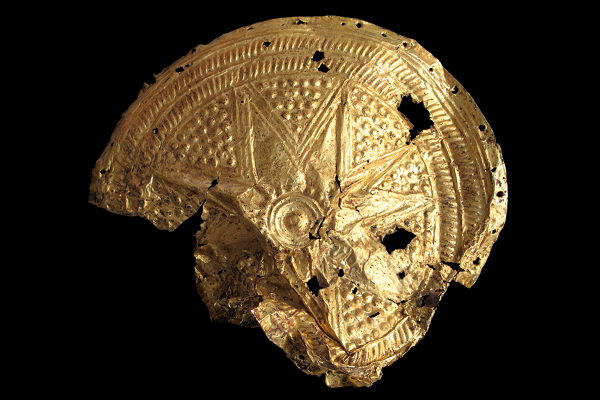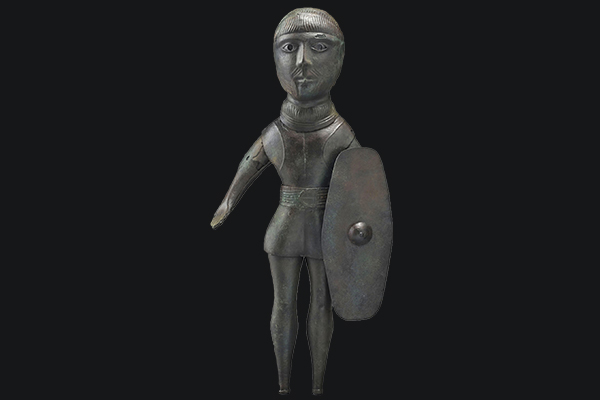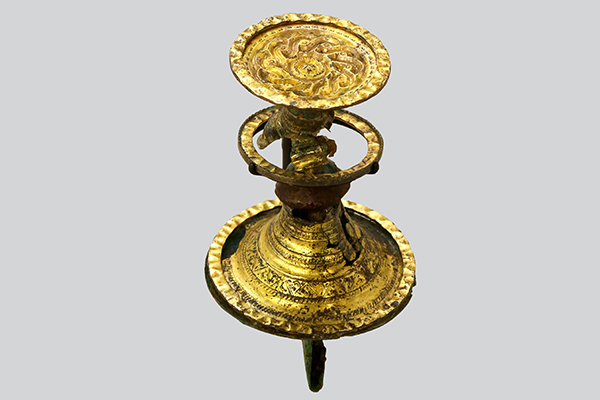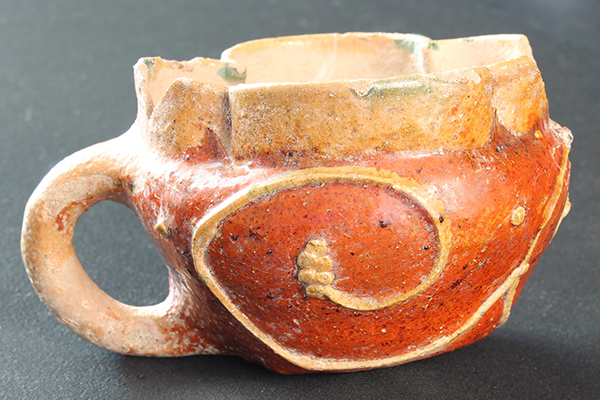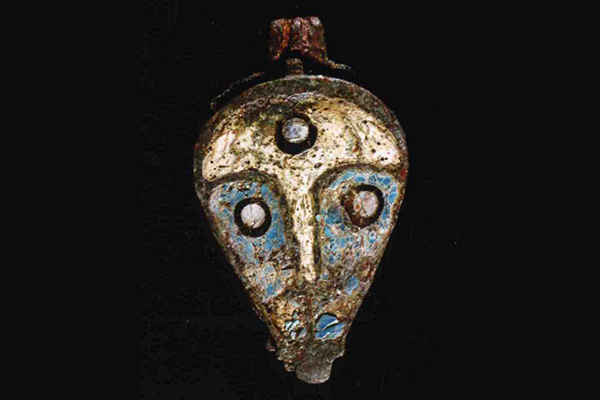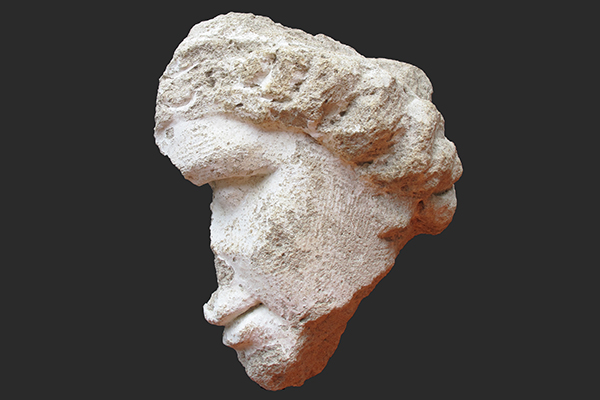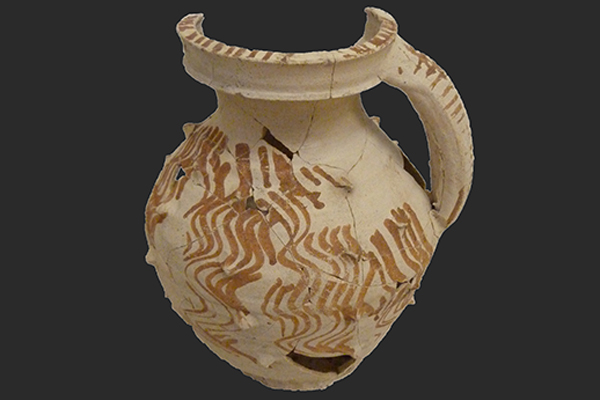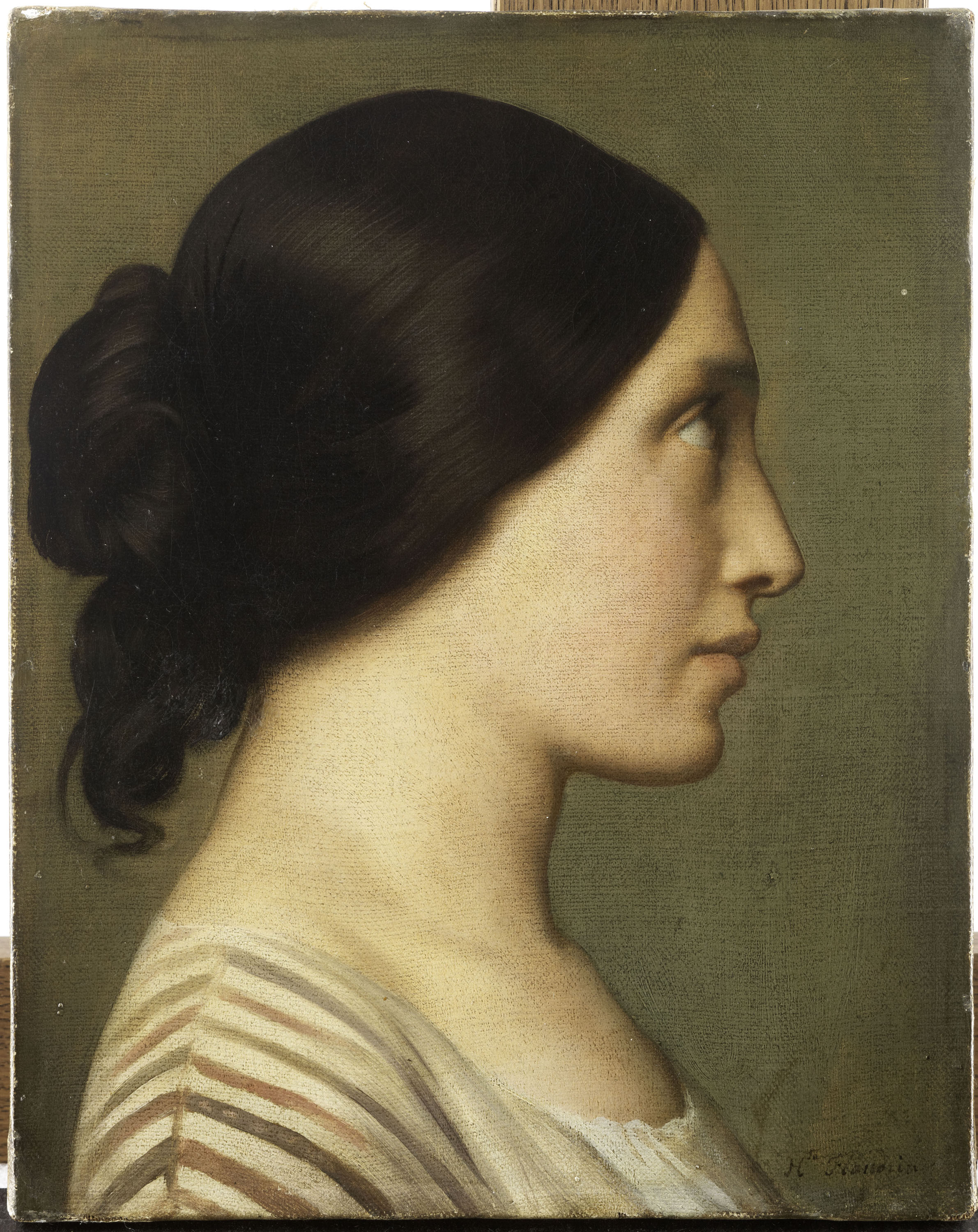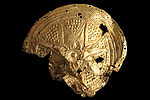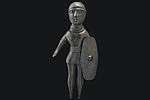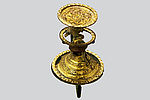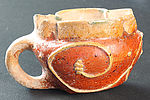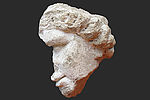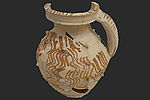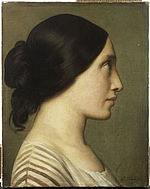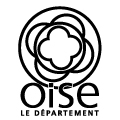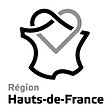The MUDO- Musée de l'Oise, and the Service archéologique départemental (Departmental archaeological service), in partnership with INRAP (lnstitute of Researches in Preventive Archaeology), and with the help of a number of sponsors, will be holding from the 28th of April to the 19th of September an exhibition titled, “To live, to create. Recent discoveries and archaeological enigmas in the Oise”.
Realised in collaboration with INRAP and the departmental archaeological service of the Oise, this exhibition represents the fruit of ten years of archaeological digs and spectacular discoveries, never before presented to the public, or only very restrictedly so. Starting from the most recent excavations in the department, the MUDO- Musée de l'Oise will reveal the daily life of our ancestors and the beauty of their creations, from prehistoric times to the 20th century.
Like a time machine, the To live, to create. Recent discoveries and archaeological enigmas in the Oise exhibition invites you to take a prehistoric stroll around Therdonne, where the most ancient traces of the use of fire have been discovered, or through Passel and the spectacular palisade of its town fortifications. Next comes the Bronze Age and the famous treasure discovered at Ribécourt. ln the Iron Age, you will discover the exceptional chariot burials of Bitry or even the enigmatic Gaulish brass warrior of Saint Maur.
Roman antiquity has yielded vestiges which are already considered to be among the most exceptional in our country, such as those of the immense façade of a mausoleum found at Pont-Sainte-Maxence, sculpted with mythological characters. Important urban centres in this epoch, Beauvais and Vendeuil-Caply were ornamented with superb murals. The fineness of ceramics and the high quality of many other everyday objects add greatly to the charm of the exhibition.
The Middle Ages will lead you to the discovery of a medieval village at Chiry then close to the prestigious Saint-Eloi de Noyon Abbey, where several glazed ceramic heads of persons and animals have been discovered.
Another leap, to the 17th Century this time,and you will admire the gardens and fountains of the Château de Liancourt, the ingenious water supply system of which has been recently brought to light by archaeologists.
The last site to be presented will take you to the first half of the 20th Century in Beauvais, and the rediscovery of the celebrated Greber ceramics factory, today vanished, but which archaeological investigation enables us to understand the operation of, and has revealed some of its works.
Making use of reconstructions and video, the exhibition places its emphasis throughout on the numerous enigmas archaeologists have encountered and the variety of skills and techniques they have employed to resolve them.
Visit : mudo.oise.fr to see the exhibition programme : guided visits, conferences, events during national archaeological days, workshop for 7-12 year-olds, etc.
The exhibition is open every day from 11 am to 6 pm (except Tuesday).
FREE ENTRY
The temporary exhibition rooms are not accessible to people with reduced mobility. The permanent collections in the Renaissance Palace, are however accessible to people with reduced mobility.


